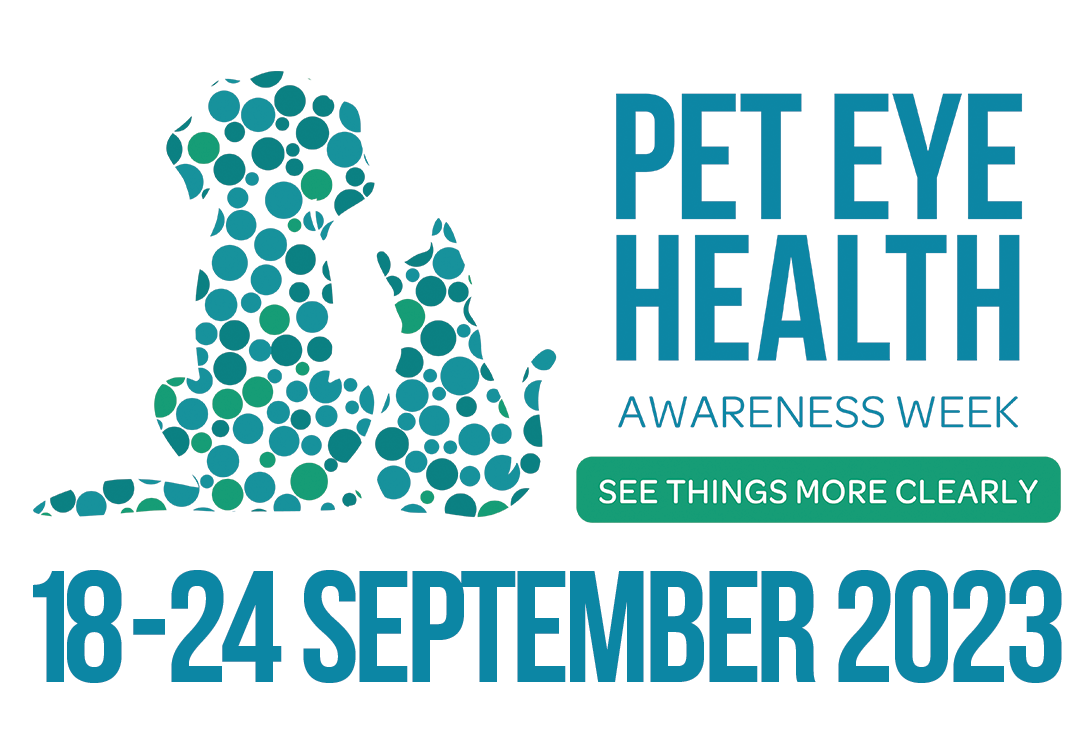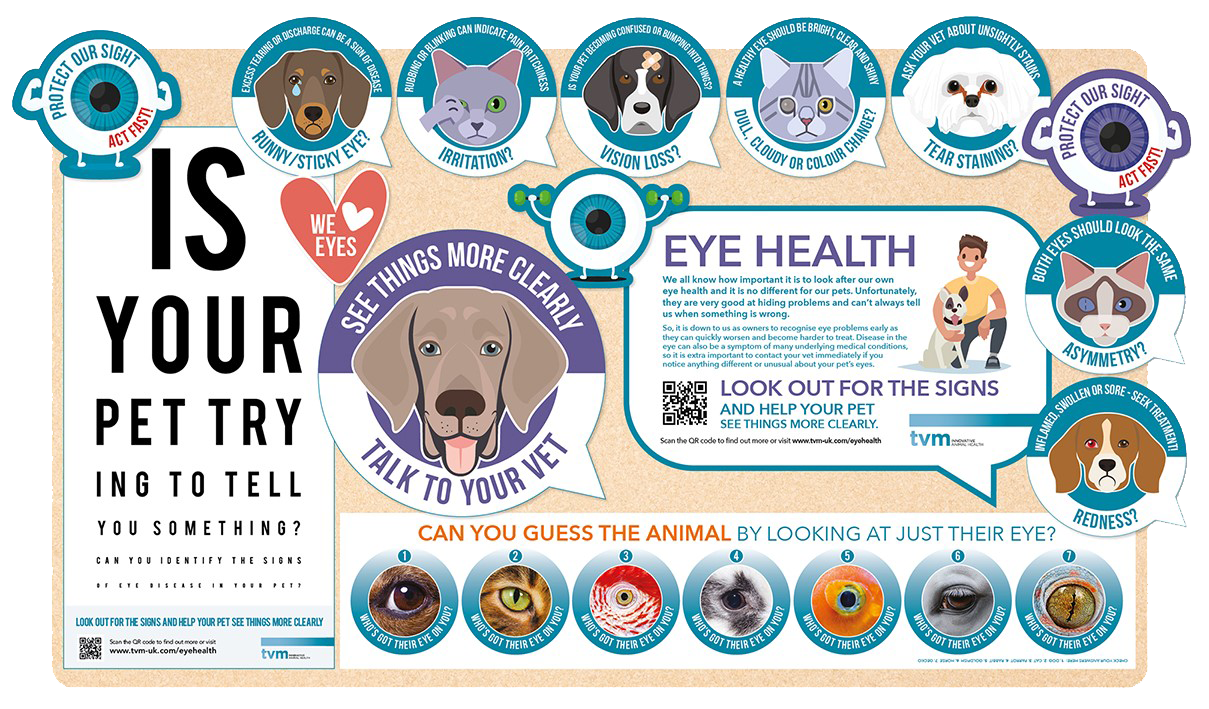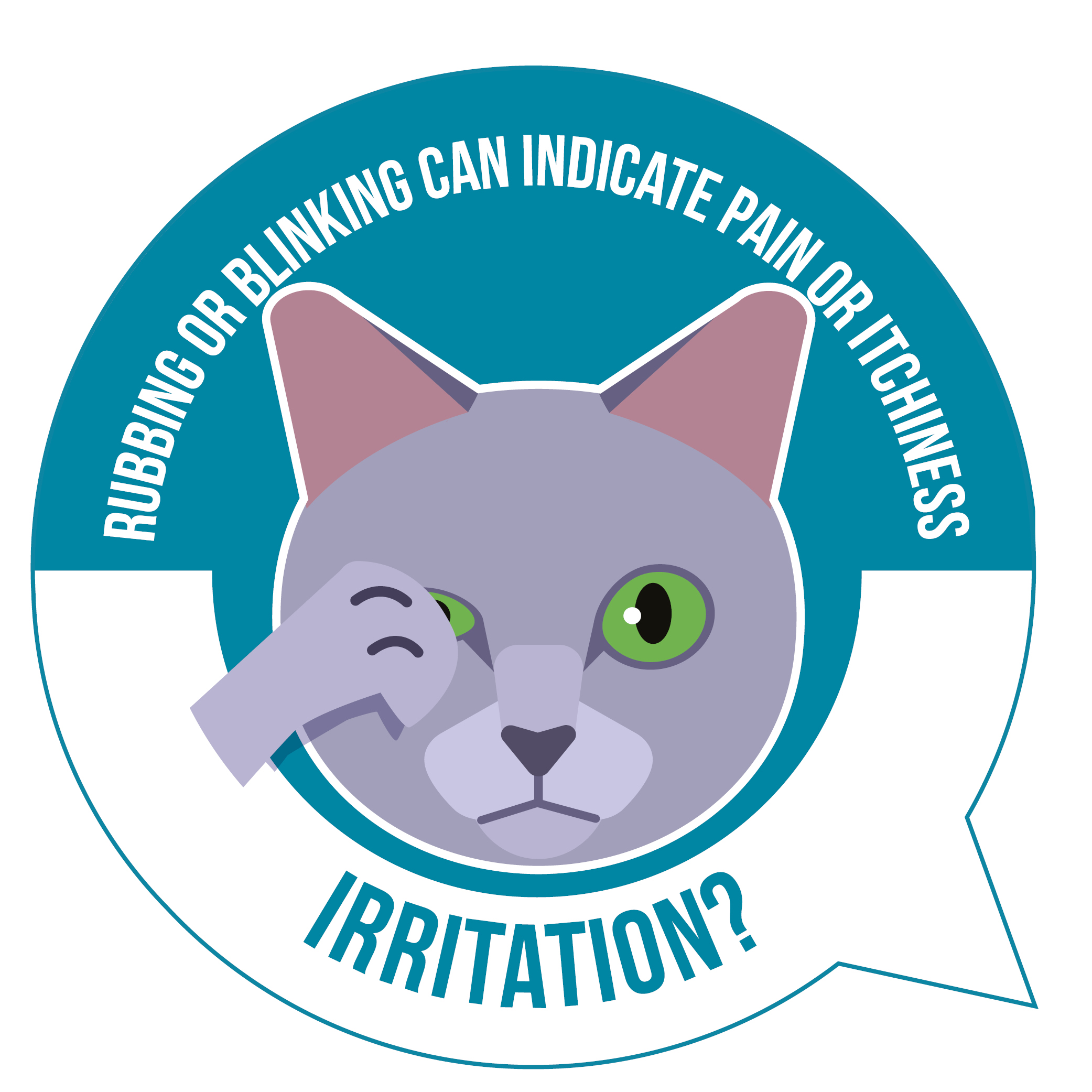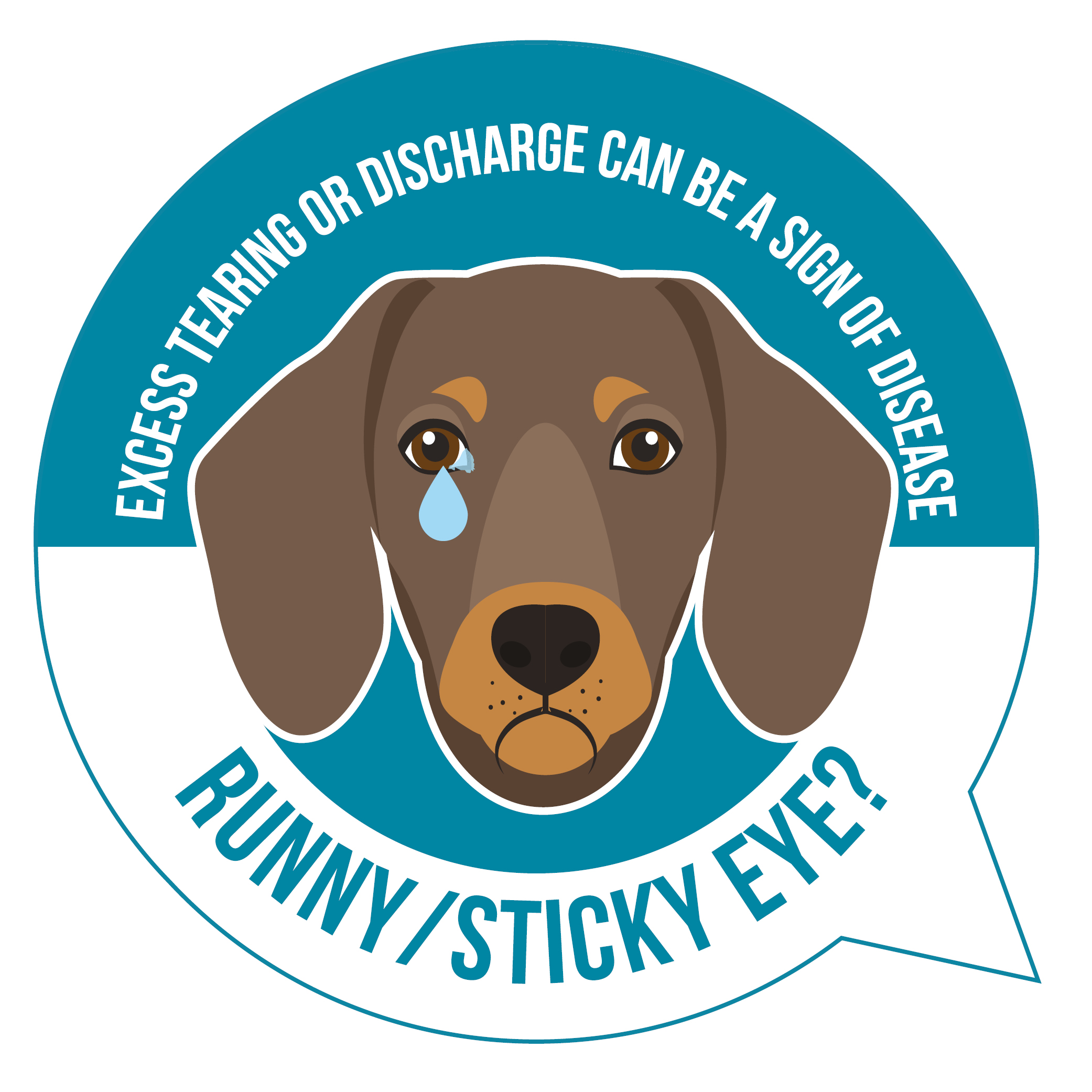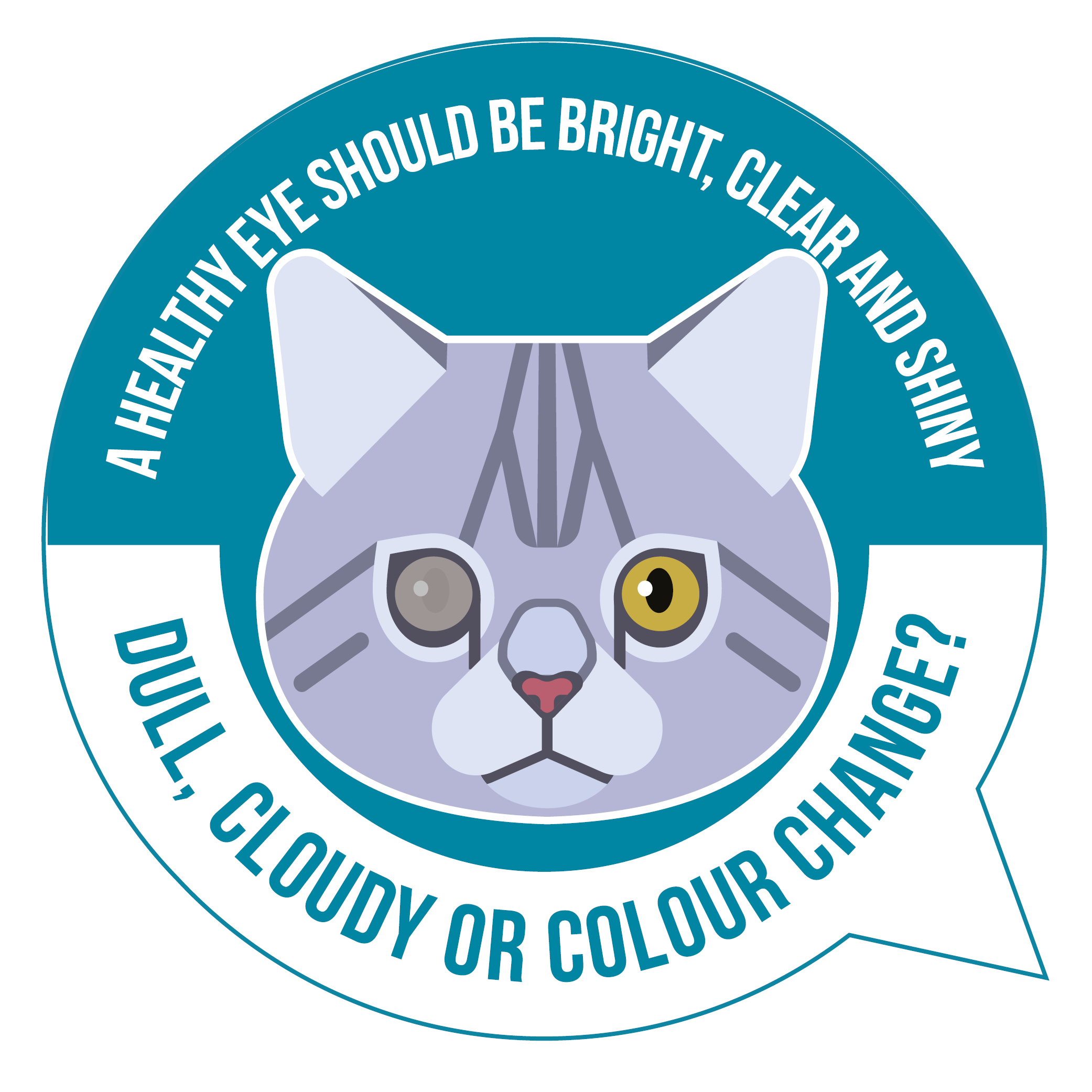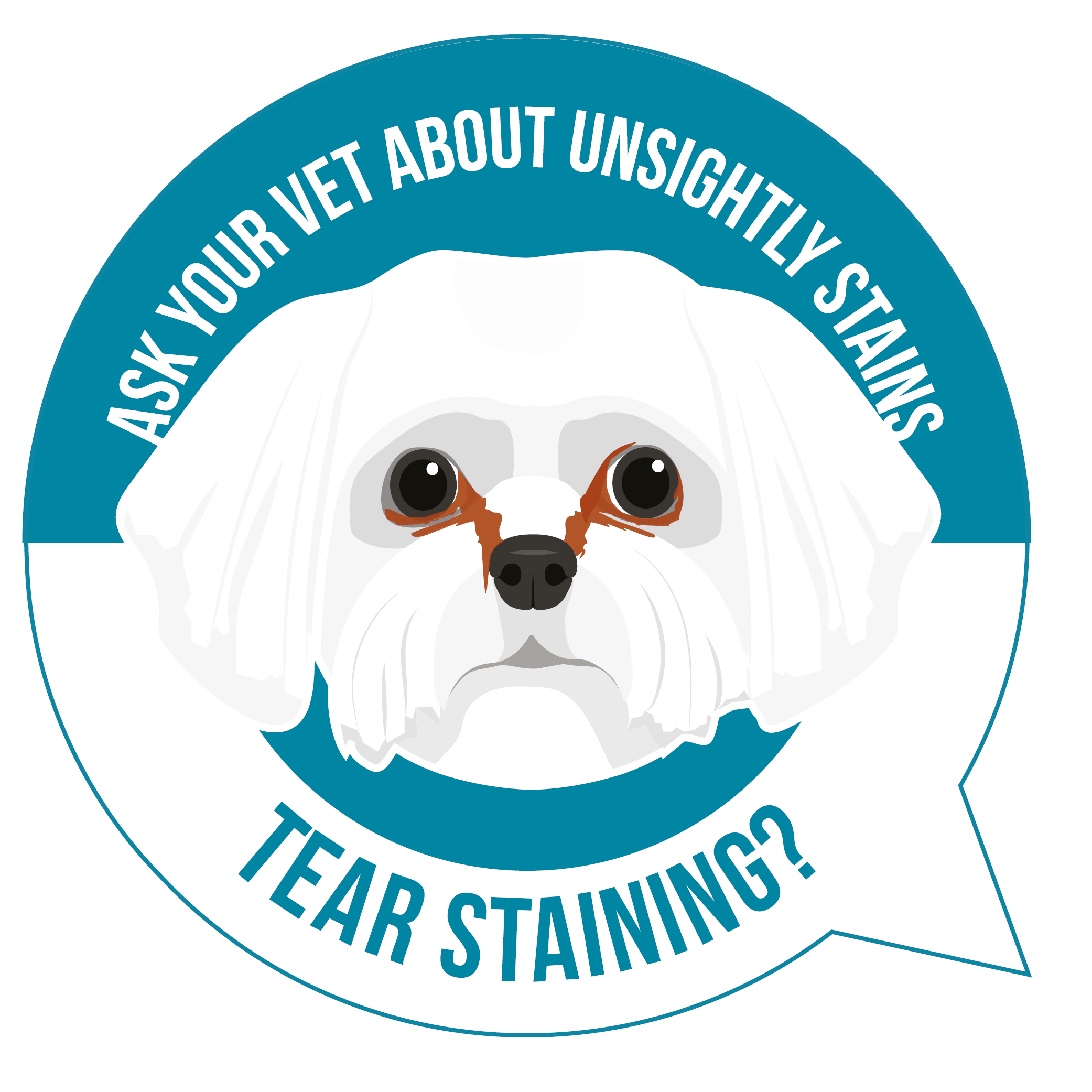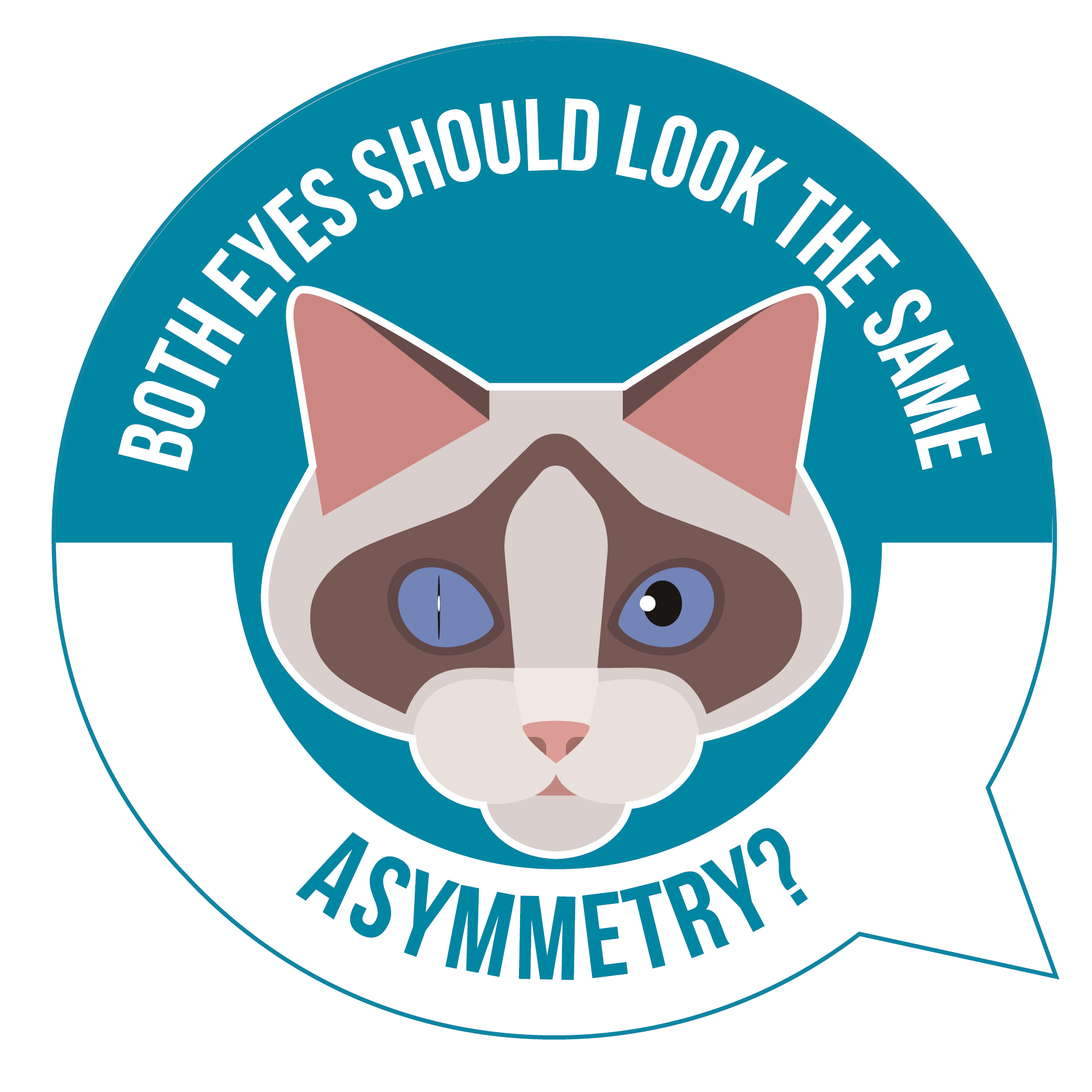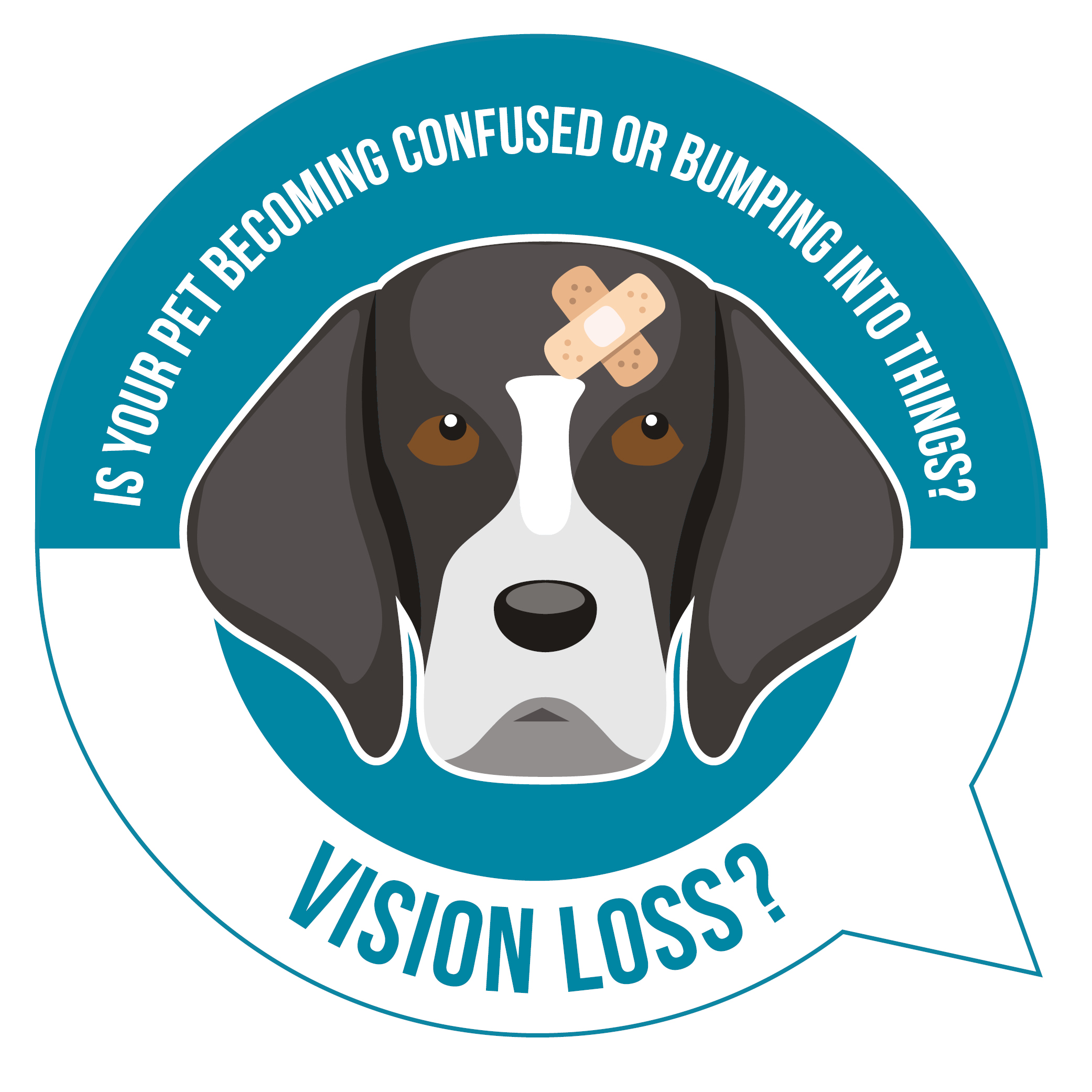Page - National Pet Eye Health Awareness Week
We know that eye health is important but how often do you take your pet’s eye health into account?
Eye problems are often painful and, if left untreated, may result in sight loss. That’s why understanding the symptoms and getting a vet appointment early is essential. Eye problems can also be a symptom of underlying medical conditions, so the quicker you can see your vet, the better.
This year is TVM’s third National Pet Eye Health Awareness Week (18th – 24th September 2023) with the aim of helping pet owners recognise common eye problems, and understand what they should do about them. This year TVM are putting an additional focus on Brachycephalic ocular syndrome (BOS), given the popularity of brachycephalic breeds and their increased risk of eye problems.
WHAT ARE THE SYMPTOMS OF EYE DISEASE I SHOULD LOOK OUT FOR?
Any changes in your pet’s eyes or if one eye suddenly looks different from the other could indicate a problem. Read about some specific symptoms of eye disease below.
Redness
A red eye is most commonly due to inflammation. Inflammation can occur anywhere in or around the eye. There may also be discharge, irritation and swelling present. Conjunctivitis is a common cause of a red eye in dogs and cats and can be secondary to a number of causes such as allergies, foreign bodies, tear film disorders or pathogens. Your vet will treat your pet accordingly depending on the underlying cause.
Redness may less commonly be due to engorged blood vessels (e.g. in glaucoma) or haemorrhage within the eye, either of which can be damaging to vision.
Irritation
Eyes are very sensitive due to their dense network of nerve endings. Irritation is common and is usually an indicator of a painful or itchy eye.
Pain – This can manifest as pawing or rubbing at the eye, squinting or increased blink rate, excessive tearing, sensitivity to light and vocalisation. Corneal ulceration (damage to the window-like structure at the front of the eyeball) is a common cause of acute pain and needs to be addressed promptly to avoid further deterioration. Other causes of acute eye pain may be trauma or foreign bodies. Some conditions, such as glaucoma, can cause dull/throbbing pain due to build up of pressure inside the eyeball. Your pet may not show the above symptoms and may just be more quiet and off food (similar to how you would feel with a dull headache or migraine!)
Itchiness – Pets will often paw and rub their eye if itchy. Itchy eyes may be due to allergies, infections or skin conditions and they may also show other symptoms such as redness or discharge.
Discharge
Discharge can range from watery to sticky/ thick and be a variety of colours (clear, yellow/green/brown or bloody). Normal healthy eyes should be clear and bright so if you notice any discharge you should consult your vet.
Once discharge dries it can become crusty and adhere to the eyelids which is uncomfortable for your pet and may become a site for bacterial multiplication. Ocryl is a gentle eye cleansing solution designed specifically for pets which helps to soften and remove dried on discharge and flush debris from the eye (www.ocryl.co.uk).
Dull/cloudy/change in colour
Dull – A healthy pet has bright and shiny eyes. If your pet has dull looking eyes it could be a sign of by dry eye (AKA Kerato-Conjunctivitis Sicca or KCS), most commonly caused when the immune system attacks the tear gland tissue leading to gradual tear volume depletion and an unhealthy cornea. Tear gland loss can become total and permanent if left unchecked but can be saved in most cases if identified and treated early. Further information can be found here.
Cloudy – Cloudy looking eyes can be due to fluid or cellular infiltrate into the cornea or issues with the lens (e.g. cataracts)- any eye with a cloudy appearance should be checked immediately.
Change in colour – Speak to your vet if there is any change in colour of any part of the eye(s).
Tear staining
Tear stains are those reddish-brown marks that can appear on the fur around your pet’s eyes. These stains can be unsightly and noticeable, especially on pale fur. In most cases tear staining occurs when tears don’t drain properly and find their way onto the face. For these patients, tear staining is largely a cosmetic problem which can be solved with regular cleaning. Ocryl is a gentle eye cleansing solution designed specifically for pets which is also proven to combat stubborn tear stains! Further information can be found here.
Some patients with tears stains may have underlying eye problems which mean they overproduce tears due to ocular irritation. These tears can then spill over onto the face resulting in tear staining so it’s important that a vet checks your pet if they have tear stains to address anything treatable.
Asymmetry
Both eyes should look the same so a sudden or gradual change in appearance between eyes can indicate a problem. Look out for differences in shape, size, colour or pupil size. There will be the odd exception where a difference is normal to that individual- for instance some breeds of dog, such as Collies, may naturally have different coloured irises (called ‘Wall Eye’).
If both eyes are asymmetrical in appearance have a vet check them out to be on the safe side.
Loss of vision, or declining vision
Loss of vision can be sudden or gradual depending on the cause and, despite how close we are to our pets, it can sometimes go unnoticed as their other senses (such as smell and hearing) are much more heightened than ours. A blind pet often learns to compensate by using these other senses and many will continue to lead a happy life.
A common symptom of vision loss might be your pet bumping into things, often initially in dim light where vision loss is gradual. Pets learn to navigate their familiar environments instinctively so setting them a little obstacle course and calling them towards you can help you identify if their vision is poor. Another symptom of vision loss to watch out for is your pet becoming more clingy with you as they use you for comfort and guidance.
Remember- it is important to be vigilant regarding our pet’s eye health as the earlier a problem is identified the more likely it can be successfully treated. Check your pets’ eyes daily so you know what is normal for him/her and to get them used to having their eyes examined.
Should you have any concerns please seek veterinary attention immediately.
